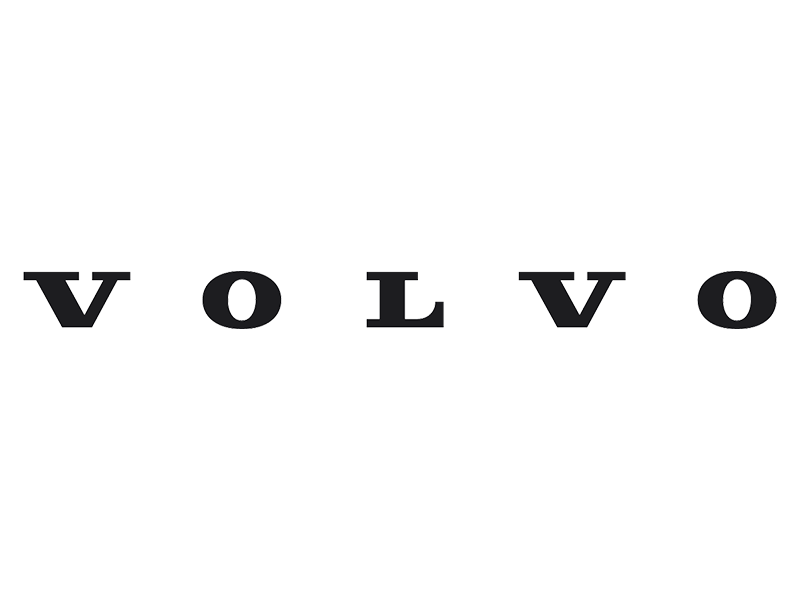A shift among fleets to running older vehicles, dubbed ‘Cuba syndrome’, is requiring new processes and more exacting use of data, according to FleetCheck.
The fleet software specialist has warned that the elongated replacement cycles seen since the start of the pandemic, especially for vans, require greater amounts of information to both prove safety requirements and ensure efficiency.
Peter Golding, FleetCheck managing director, expanded: “Everyone is familiar with how restrictions on exports mean that motorists in Cuba have become expert at keeping extremely old vehicles on the road in good condition. While no-one is working to keep 60-year-old Chevrolets running on a UK fleet, we have certainly seen an increase in, for example, the number of 8-10-year-old Transits owned by major operators. Following the pandemic, replacement cycles have been stretched considerably.”
This in turn has led to new demands on fleet managers, with a need to gather more data in order to ensure core objectives were being met.
“Cuba syndrome creates two issues – ensuring your risk management responsibilities are being met, and vehicles remain operationally effective with downtime being minimised. Collecting greater amounts of appropriate data is the key in both of these areas,” Golding explained.
Risk management priorities include proving that cars and vans are being maintained to the highest standards, are fit for purpose despite their age, and that extending replacement cycles is not impacting on safety.
“This means keeping service, maintenance and repair records that are even more watertight than previously,” Golding stated.
And ensuring vehicles are in the best possible operational condition similarly requires large amounts of information.
“Older vehicles are inevitably less reliable but there are steps that can be taken and which, in some respects, require a fleet management rethink. For example, pre-emptive maintenance becomes much more important, and this means collecting data that helps you identify where failures are likely to occur before they happen.”
Golding also warned of other issues arising from longer replacement cycles.
“Some of these are obvious – suspensions and clutches are more likely to break – but there are also potential problems around parts such as dual mass flywheels and electrical systems. Furthermore, in-life damage has a tendency to become more common. For example, hitting a pothole and cracking a spring is more likely when that spring is badly worn. Collecting and interrogating data about these incidents mean you will have more information that you can use to predict when these faults are likely to happen on other vehicles, with pre-emptive maintenance carried out where necessary.”
Key advice includes ensuring that cars and vans are inspected by a technician every year at least, even though they might have a two-year manufacturer service interval.
“Two years is just too long for a vehicle heading into a six-figure mileage,” Golding warned.
But drivers also have a greater role to play in ensuring that cars and vans are kept in the best possible condition.
“Arguably, there needs to be a culture change here. Fleet managers all have stories about drivers ignoring dashboard warning messages for months or even years but it is not just a question of making it imperative these are reported but also any other issues with the vehicle. Is it pulling to one side? Are the brakes catching? These can be indicative of major problems.
“Of course, driver walkaround safety check apps have a key role to play here in terms of providing a direct channel to the fleet manager in order to report any faults, and should be uniformly adopted. Again, this creates larger amounts of useful data.”
Vehicle notifications must also be acted on.
“This is not just a question of following up any service and MOT test notices that you receive but that all manufacturer recalls are followed. As vehicles age, they tend to be affected by more of these, and they all need to be seen through to their conclusion.”
Golding added that a return to pre-pandemic replacement cycles was unlikely.
“Fleets have learnt that vehicles can be operated for much longer and, while probably the majority have added only a year or two to their formal replacement cycles as a result, others appear to be experimenting with finding out how long they can keep vehicles on the road.
“Some of our customers also tell us that they cannot adopt electric vans in a practical sense and, given the ZEV mandate, plan to invest in operating their current diesels as long as possible. There is no precedent for this in the fleet sector, we believe.”
The Association of Fleet Professionals recently warned of concerns about fleets holding onto existing diesels for longer to avoid complications with manufacturers forcing EV quotas among new van sales.
The fleet industry body has also cautioned that manufacturers are increasingly refusing longer-term, out-of-warranty claims as more fleets run older vehicles, potentially skewing the cost benefits of extended cycles.











































